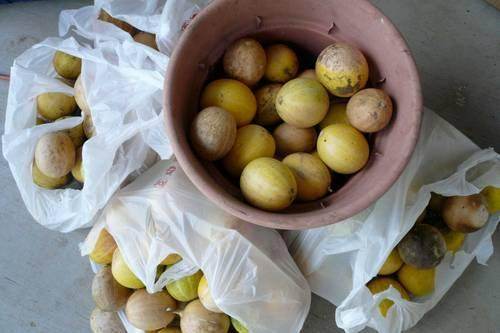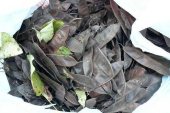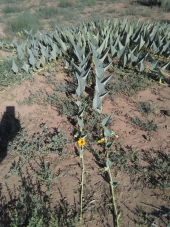





Idle dreamer
 2
2




"We're all just walking each other home." -Ram Dass
"Be a lamp, or a lifeboat, or a ladder."-Rumi
"It's all one song!" -Neil Young




Idle dreamer
 1
1




Permaculture...picking the lock back to Eden since 1978.
Pics of my Forest Garden




Greg Martin wrote:The northern range goes up into Michigan. Anyone from there seen this plant? Would love some seeds from the north.
Invasive plants are Earth's way of insisting we notice her medicines. Stephen Herrod Buhner
Everyone learns what works by learning what doesn't work. Stephen Herrod Buhner
 1
1




Permaculture...picking the lock back to Eden since 1978.
Pics of my Forest Garden




Invasive plants are Earth's way of insisting we notice her medicines. Stephen Herrod Buhner
Everyone learns what works by learning what doesn't work. Stephen Herrod Buhner




Moderator, Treatment Free Beekeepers group on Facebook.
https://www.facebook.com/groups/treatmentfreebeekeepers/





 1
1




Xisca - pics! Dry subtropical Mediterranean - My project
However loud I tell it, this is never a truth, only my experience...












Debbie Ang wrote:To those of you who have access to buffalo gourd, can you tell me if it smells from far away, or only when the leaves are crushed? I was thinking of growing one in a dry ditch at the front of our property. But if it is malodorous from more than let's say 10 ft away, I'm not sure my neighbors will appreciate it. Thanks in advance for your help.
Xisca - pics! Dry subtropical Mediterranean - My project
However loud I tell it, this is never a truth, only my experience...




 3
3




 1
1




Debbie Ang wrote:Nicolas, that is excellent. I'm glad to know that some people may enjoy the smell. And for those who don't, at least they won't be trampling my plants! Thank you for your reply.
Xisca - pics! Dry subtropical Mediterranean - My project
However loud I tell it, this is never a truth, only my experience...
 6
6




Pecan Media: food forestry and forest garden ebooks
Now available: The Native Persimmon (centennial edition)

|
Let me tell you a story about a man named Jed. He made this tiny ad:
Homestead Pigs Course
https://permies.com/wiki/365748/Homestead-Pigs
|




